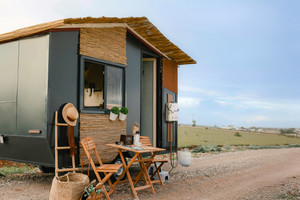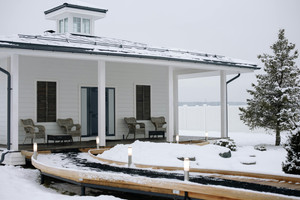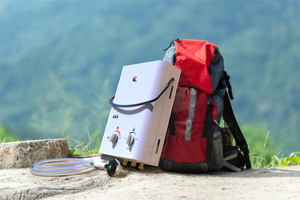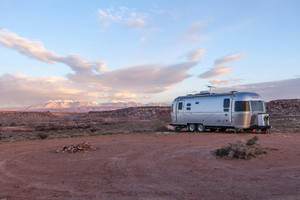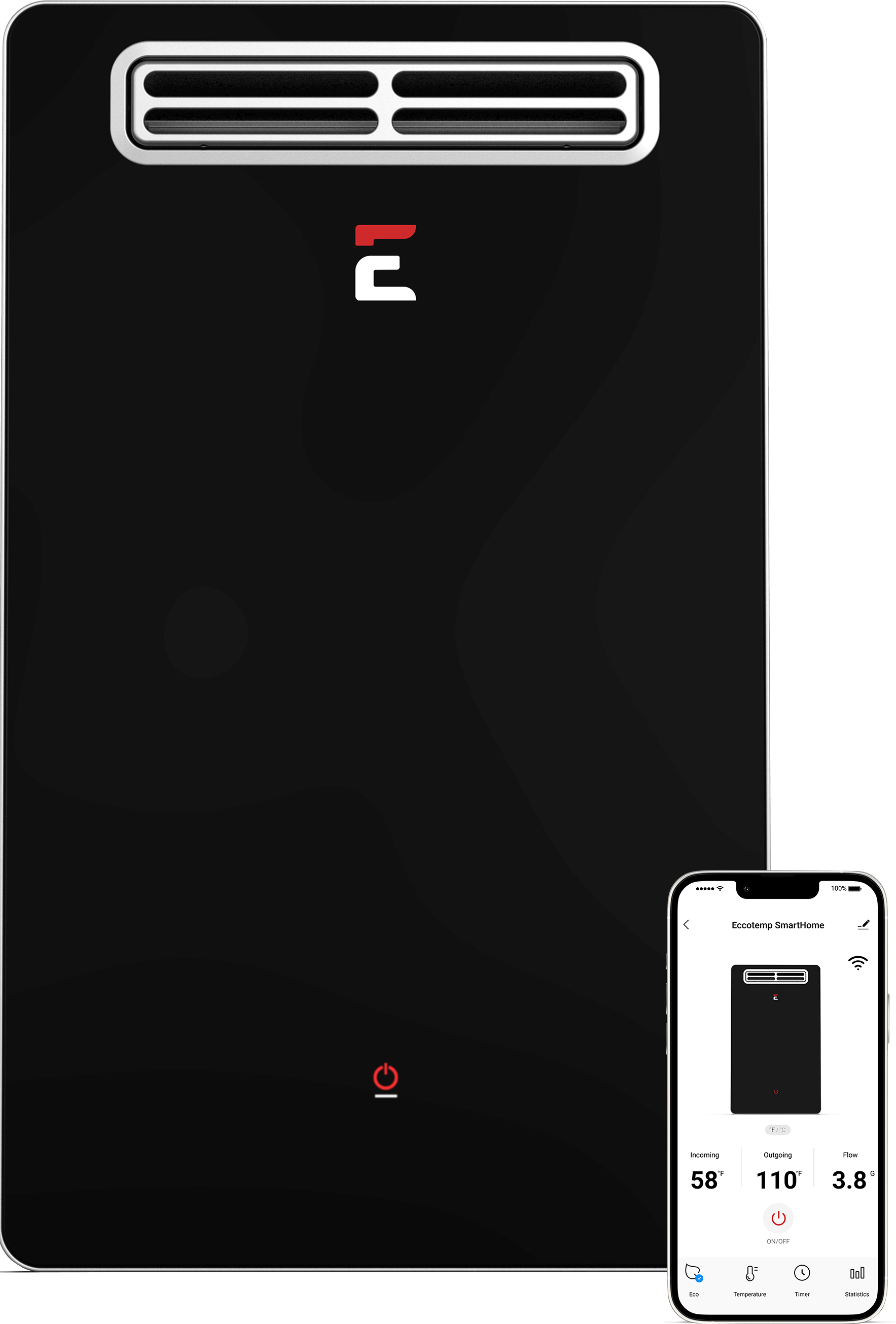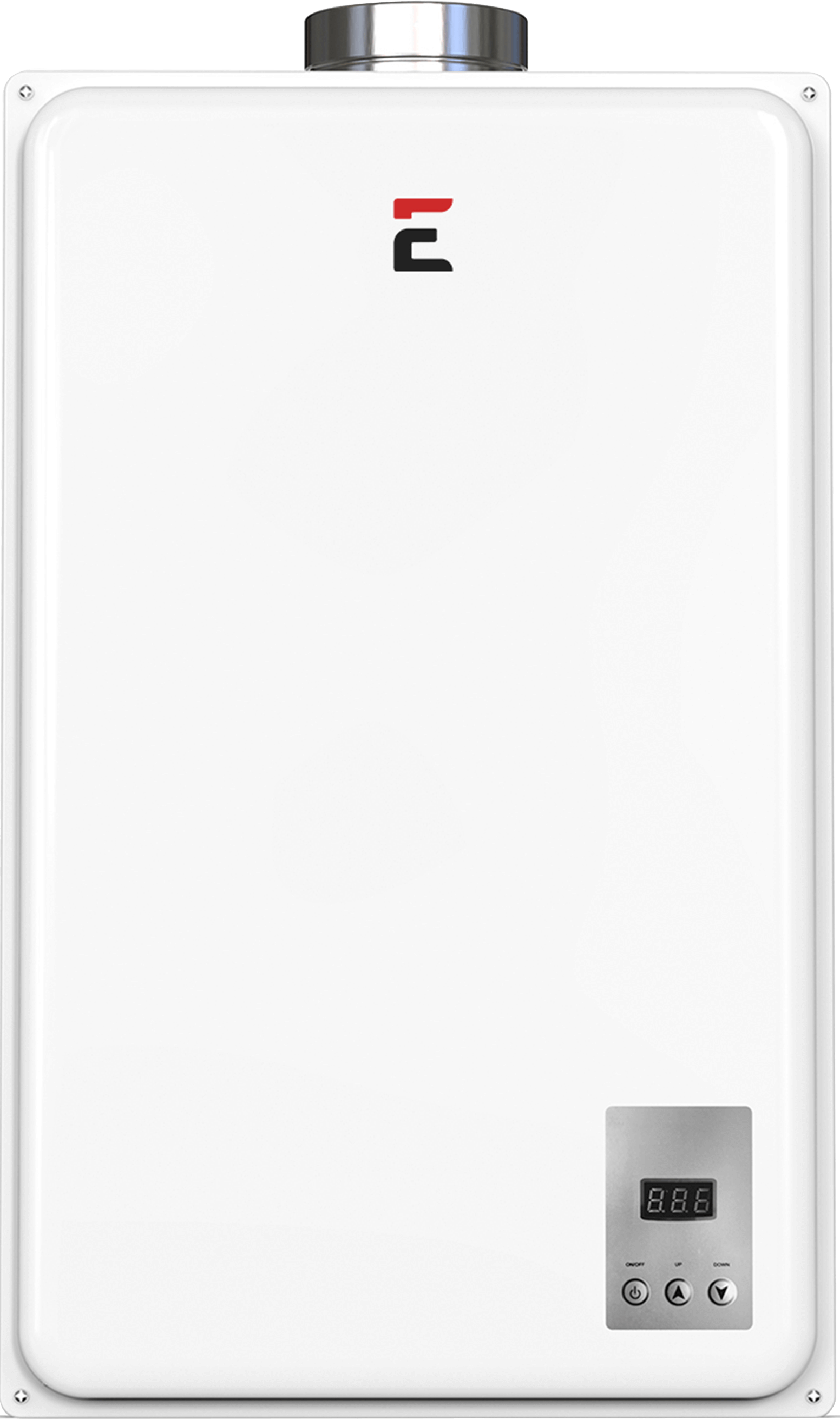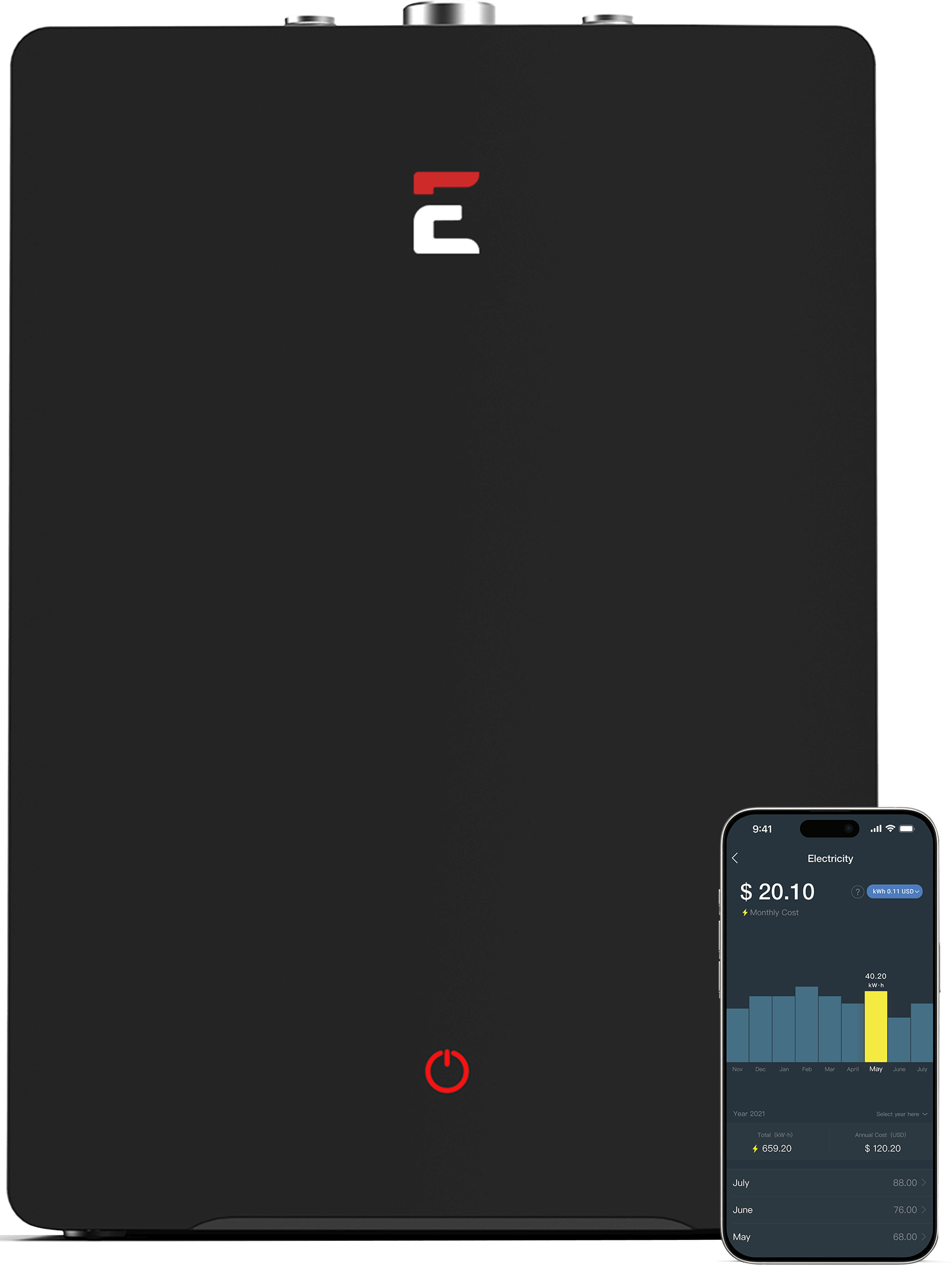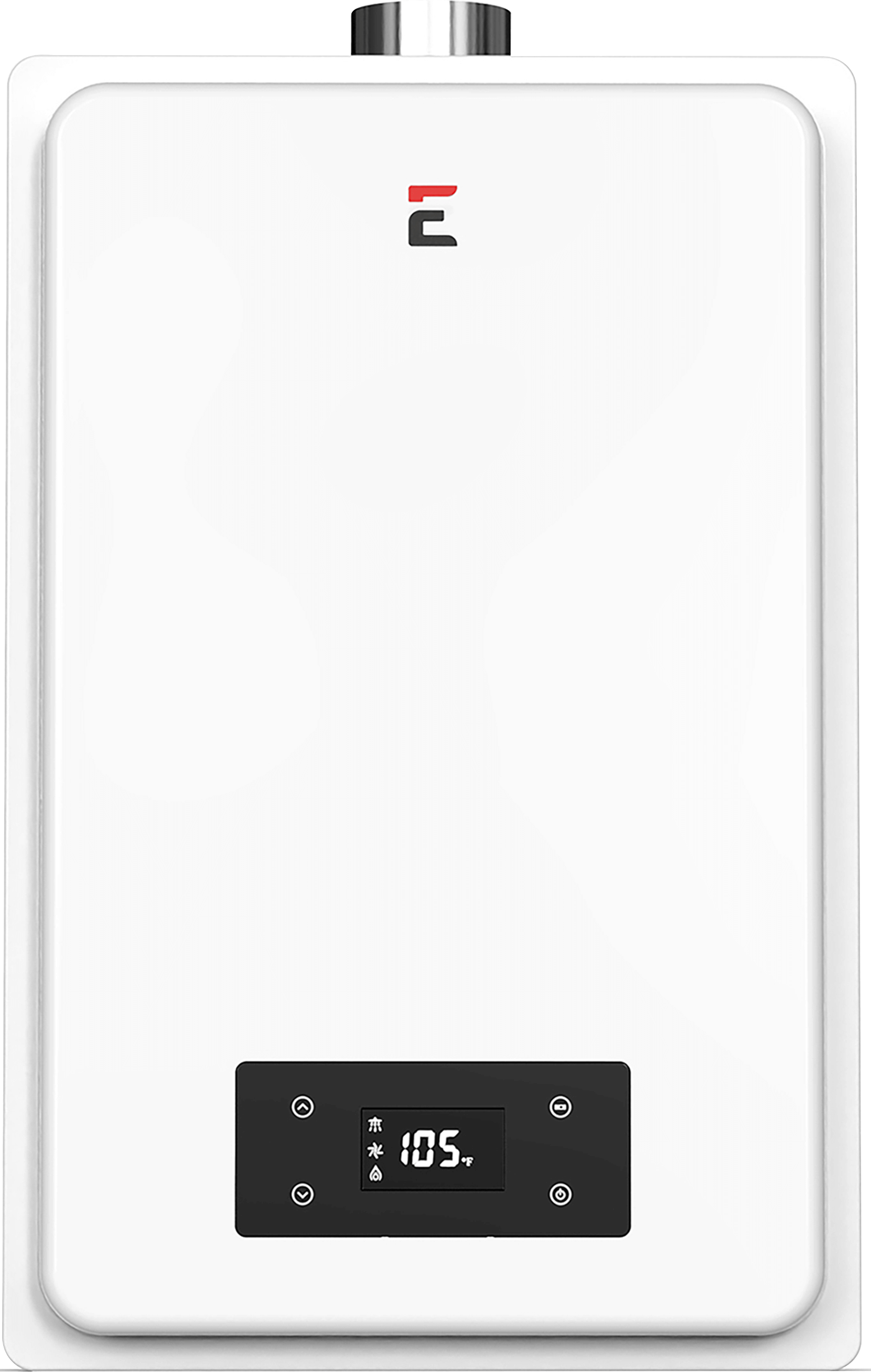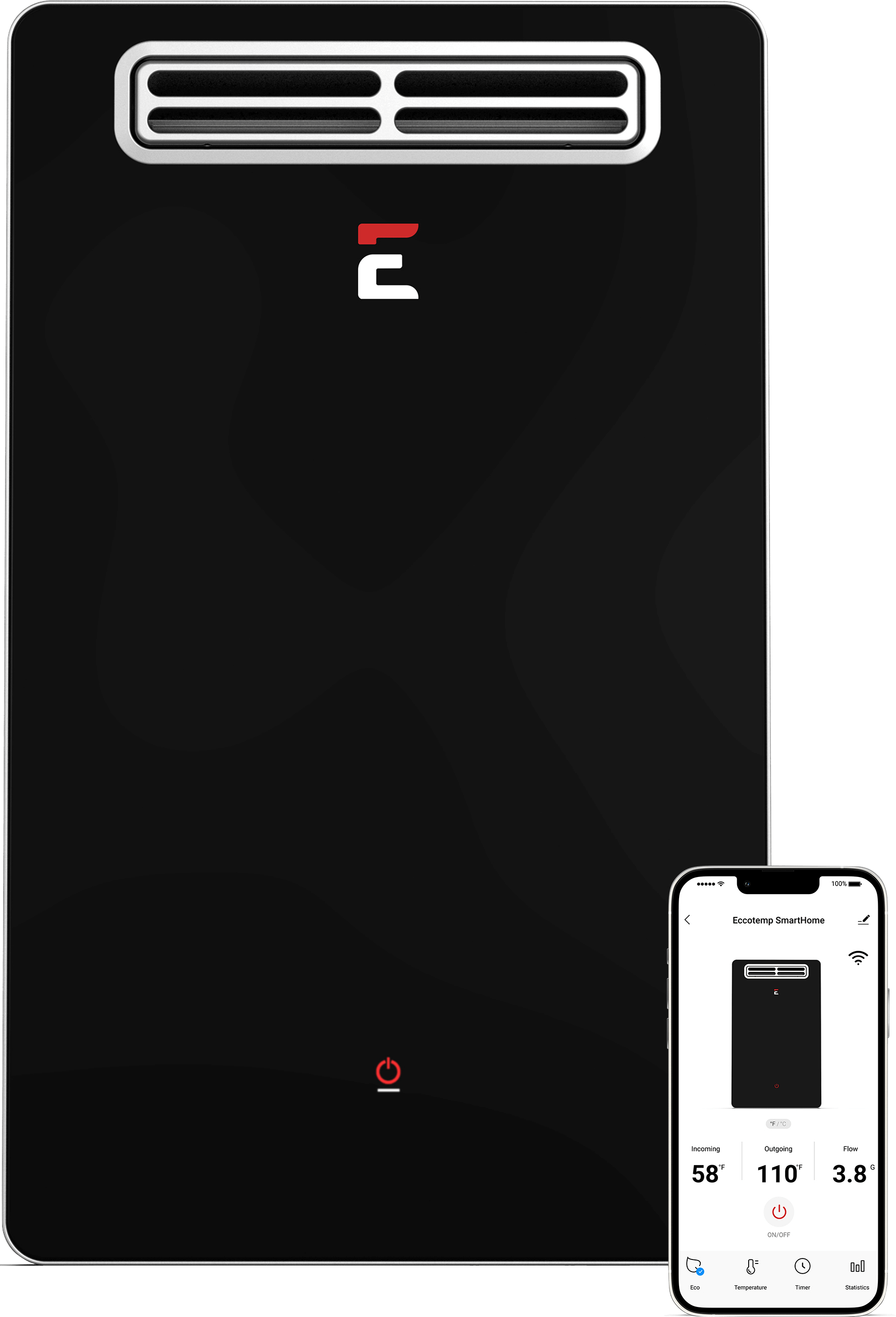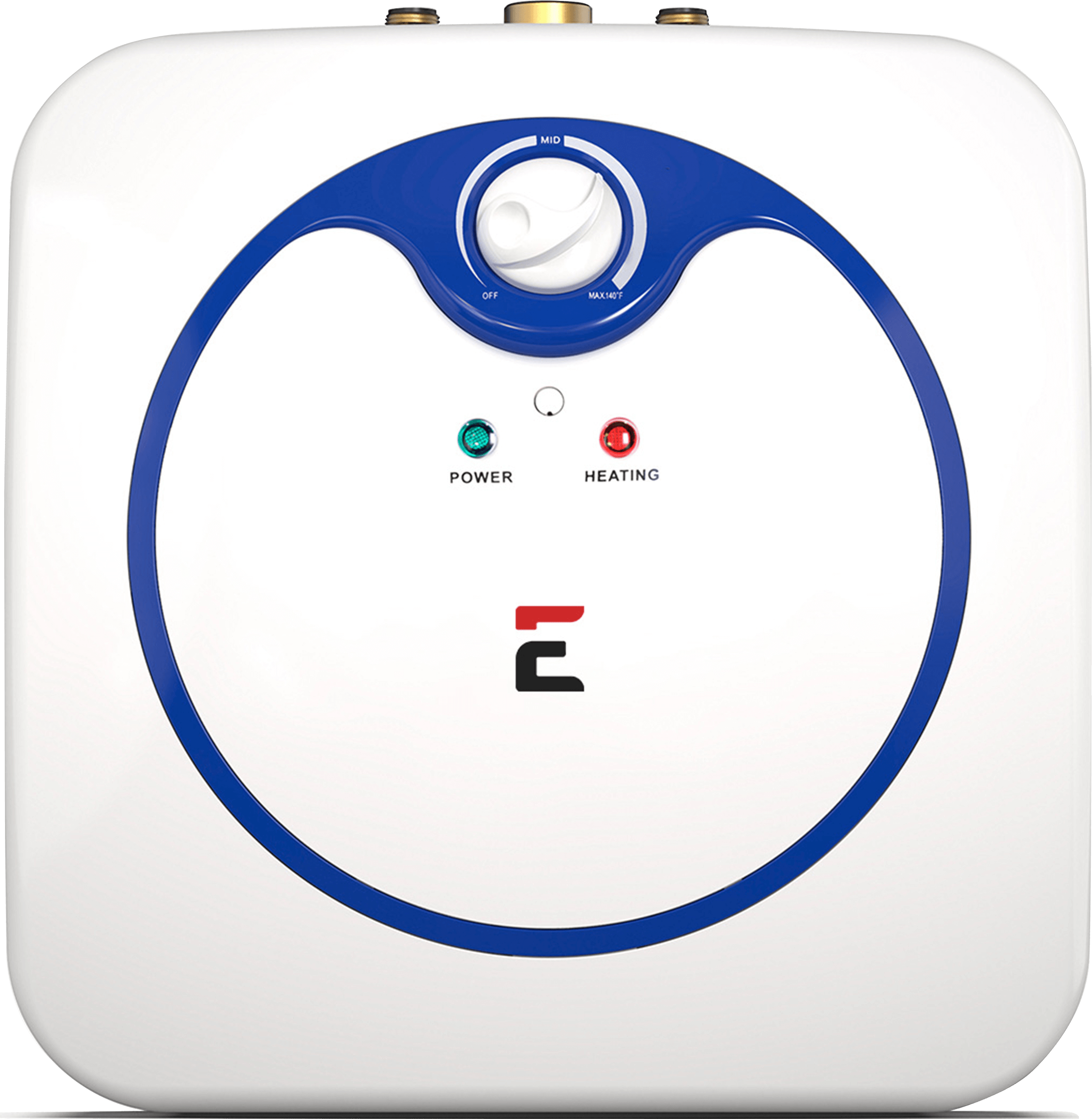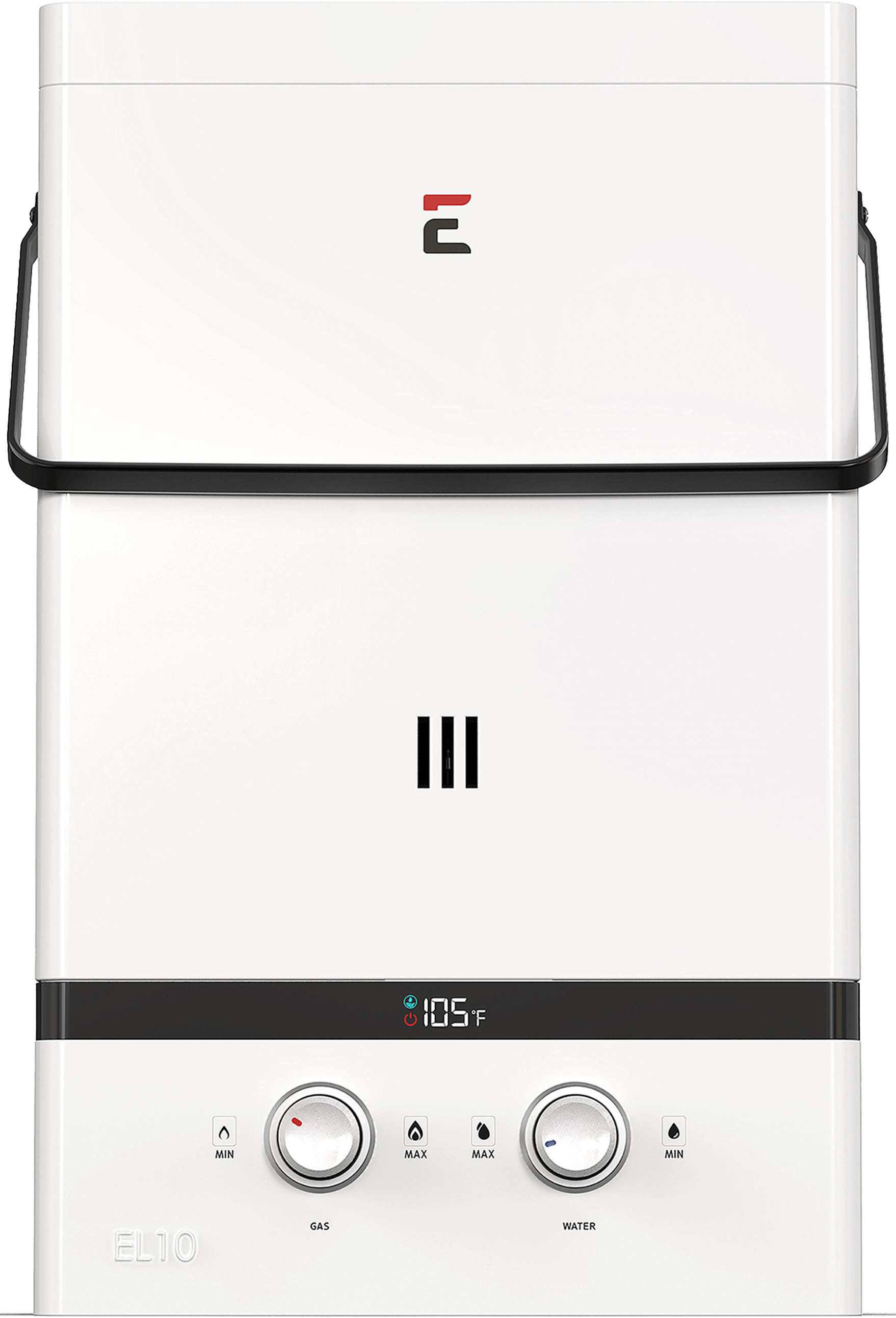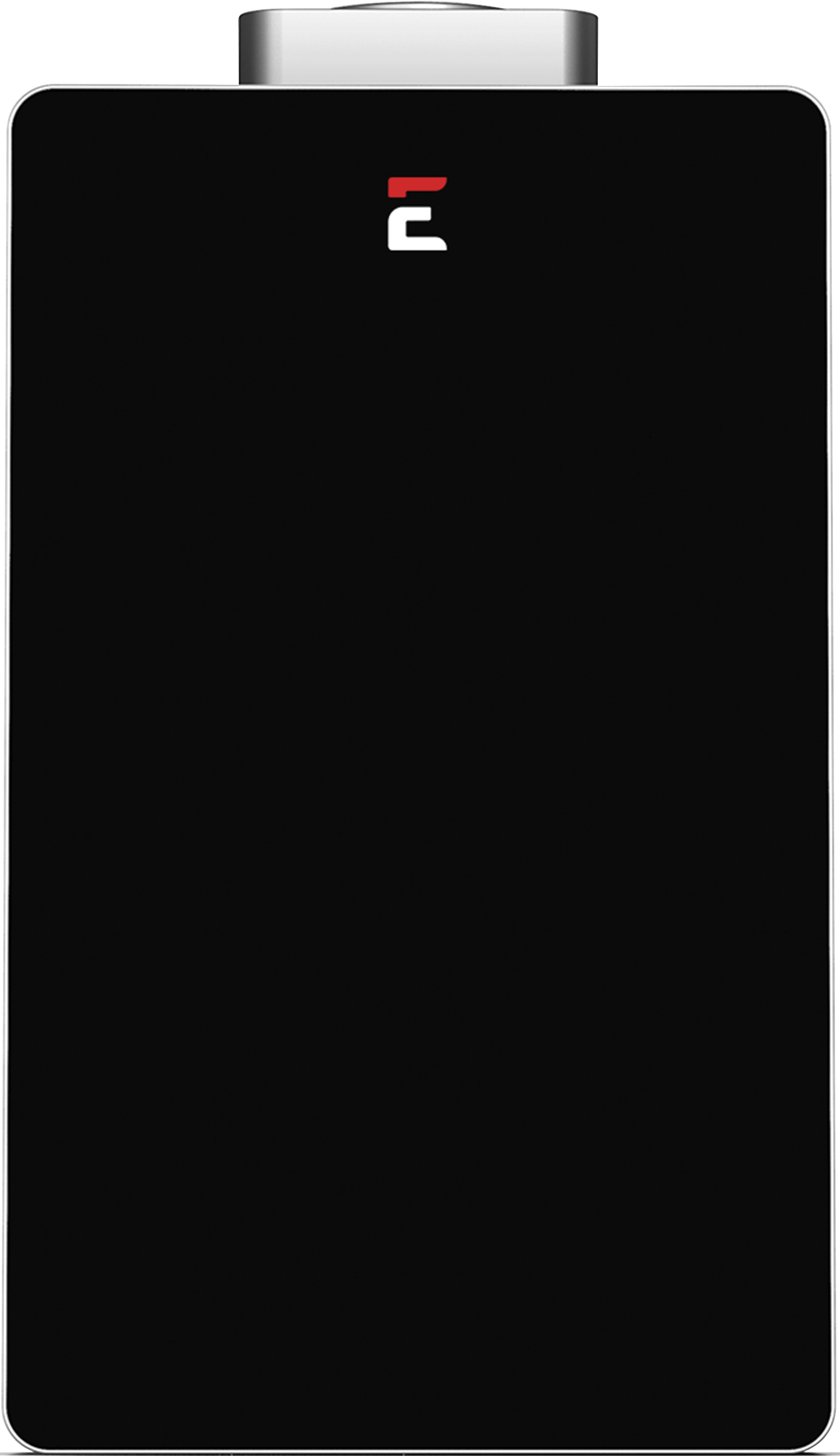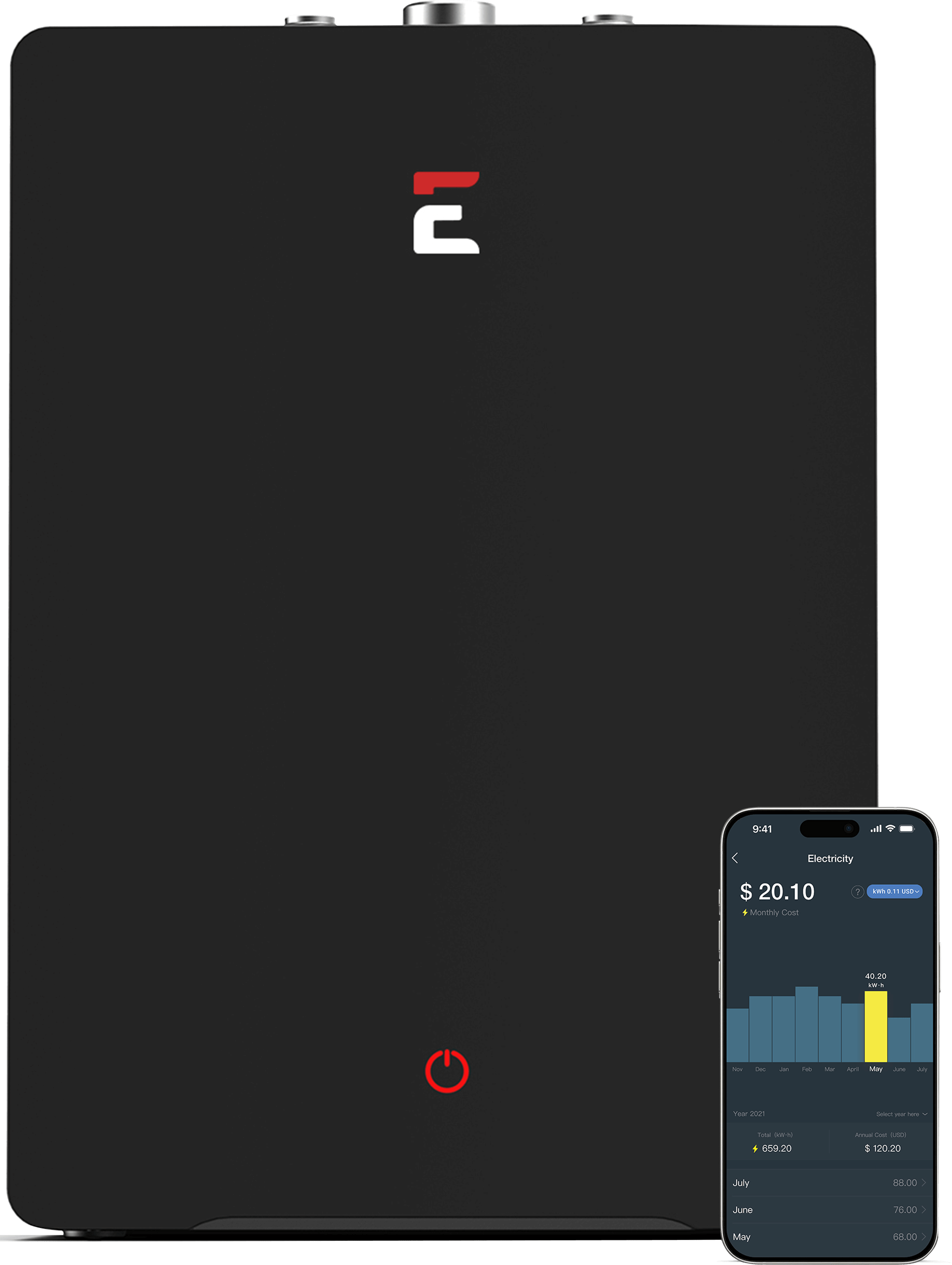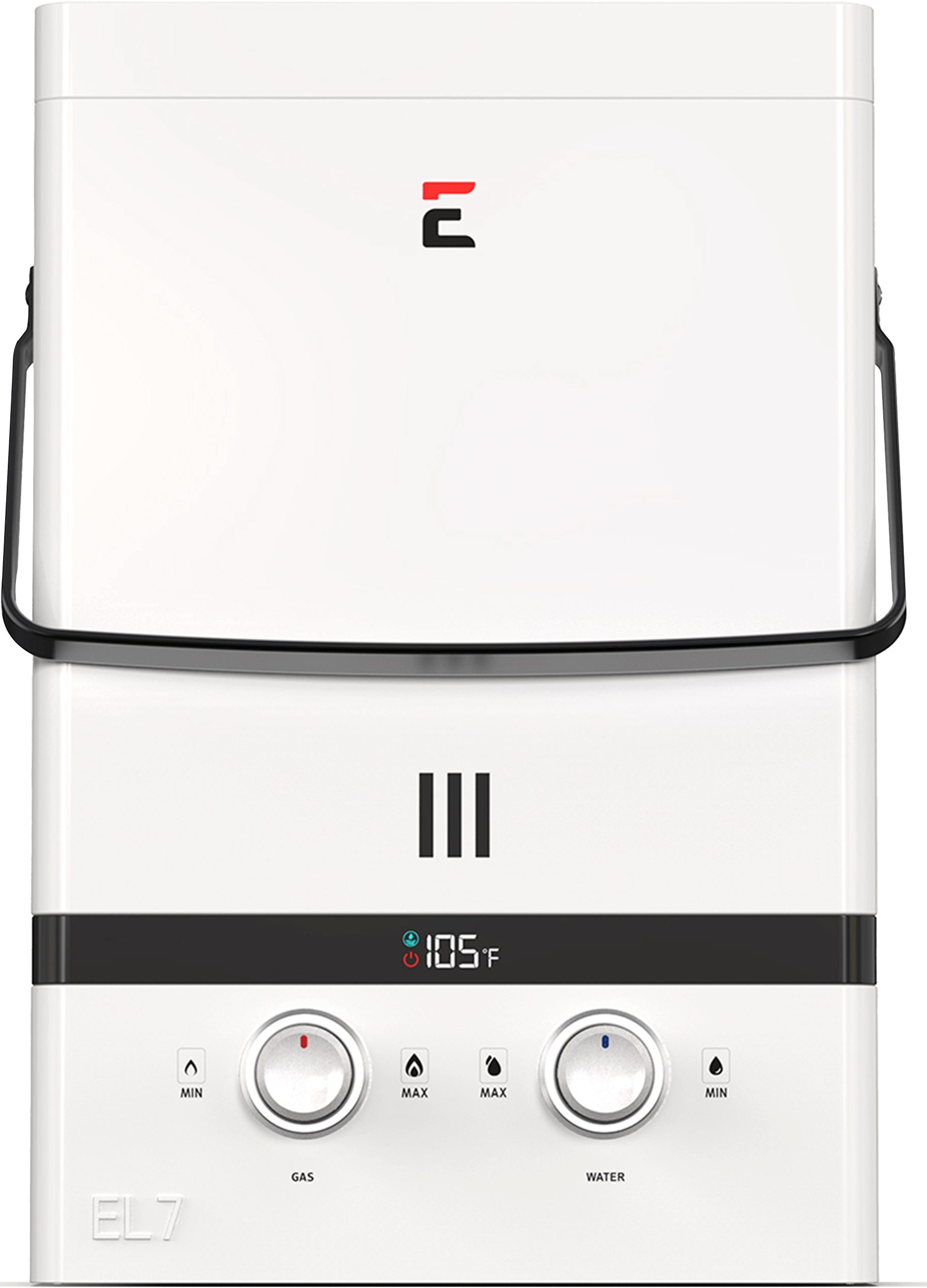What Size Of Tankless Water Heater Best Fits Your Needs?
Choosing the correct size for a tank less hot water heater is essential. To get the most out of your unit, this would depend on the hot-water source needs of your household. In order to determine this, some key questions you may want to ask yourself would be as follows:
When and how many people shower in your household? Is there a "shower rush hour" during a specific time of day, (morning or evening?)
How much hot water is needed to deliver the ideal experience for a bathroom? For example, is there enough hot water to fill up a tub, or to operate a shower for a desired amount of time?
What is your tub's fill capacity in gallons? And how is the tub primarily used? (for example, does anyone in the home take a long shower first and then get into a full tub?)
When are the major appliances in your home used on a regular basis? Are the dishwasher and washing machine needed at the same time family members are showering? In most households, the majority of people are accustomed to constant hot water use, therefore, it is very common to to have multiple hot water appliances being used simultaneously.
Tank less hot water heaters are rated differently than your traditional tank style water heaters. Instead of total gallon capacity, they are rated in gallons per minute, and their ability to heat the water at a given gallon per minute rate, called temperature rise. Correctly sizing a tank less water heater for your needs can be done in three simple steps.
1.) First, Add up the total amount of hot water that you may be using at at one time. For example, if you want to be able to run the shower and dishwasher simultaneously, you would have a usage of 2.5 - 6.0 gallons per minute depending of the flow rate of your shower and dishwasher fixtures.
2.) Determine approximately what your ground water temperature is. Subtract this number from 120°F to find your needed temperature rise. (Note: 120°F is hot enough for most applications. However if hotter water is needed, a higher number can be substituted.) For example, if your ground water is 60°, with a 40° temperature rise, you would be getting 100° of hot water from your unit.
3.) Lastly, after you know your maximum gallon per minute water usage, and required temperature rise, Click here to check out our which unit would best fit your needs.


 Weekly Deals
Weekly Deals
 Water Heaters
Water Heaters
 Accessories
Accessories
 Installation
Installation
 Parts
Parts
 Protection Plans
Protection Plans
 Final Sale
Final Sale



